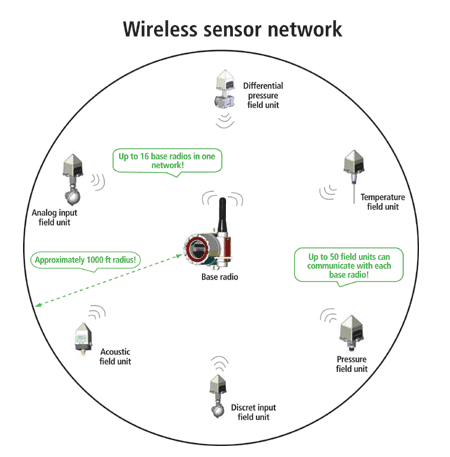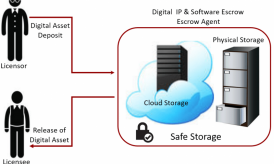The Internet age is well and truly on. With the number of merchants laying their trust on the might of the Internet it should be no surprise that by 2020 the Internet should be even bigger and able to provide the much needed resources to the continuously increasing population.
This is especially true since the internet applications have now gone mobile with the extensive use of smart phones.The Internet protocol has been widely accepted, which enables the users to easily process the data and utilize the information towards the betterment of their business.
It should come as no surprise that a great deal of wireless sensor networks already exist providing important data that is useful to a lot of people. In spite of that, there is still a great hunger for more such networks to be put in place and to provide more and better data and analysis.
Challenges faced:
There are many challenges faced as far as wireless sensor networks are concerned. In order to deal with these challenges it is necessary to go to the source of the problem. There are several issues mentioned here:
- External interference is the main source of many issues in low power wireless sensor networks. For example the interference occurs when another signal prevents the two sensor nodes from communicating. Hence the nodes need to retransmit and end up consuming more power.
- Multipath fading is another issue that hounds the signal transmission of such wireless sensor networks. The problem starts when the environment surrounding the strategically placed wireless sensor device changes over time. This sometimes results in the wireless signal bouncing off obstructions and at times causing various echoes that can be quite destructive and interfere in the main signal of the transmission.
The solution in Time Synchronized Channel Hopping Mesh Networks:
The special feature of the time synchronized channel hopping mesh network is that all wireless nodes across a multi hop network are synchronized to within a few tens of microseconds. In addition to which the time is sliced into time slots. A schedule is laid out for each time slot so that the node knows what to do in at every moment in time. For example whether to transmit, receive or sleep. There are many advantages of scheduling and synchronizing the sensor nodes. For example now that they are synchronized it is possible to time the active time of the radio and switching it on only when communication is required. What happens due to that is it cuts down on their radio duty cycle thus resulting in an increase in the battery lifetime.
And that is not all, there are further advantages of implementing this kind of network. With most networks the nodes are at times in the ‘Sleep’ mode when they are required to transmit or receive. This affects the network performance. This network on the other hand is very flexible with it schedule. The packets are sent between two nodes on a calculated basis following the pre programmed schedule using pseudo random hopping patterns. Thus the resulting frequency diversity is quite effective method of combating the interference and multipath fading. Thus it is needless to say that such (time synchronized mesh networks) are able to increase your battery’s lifetime by a great percentage.
















